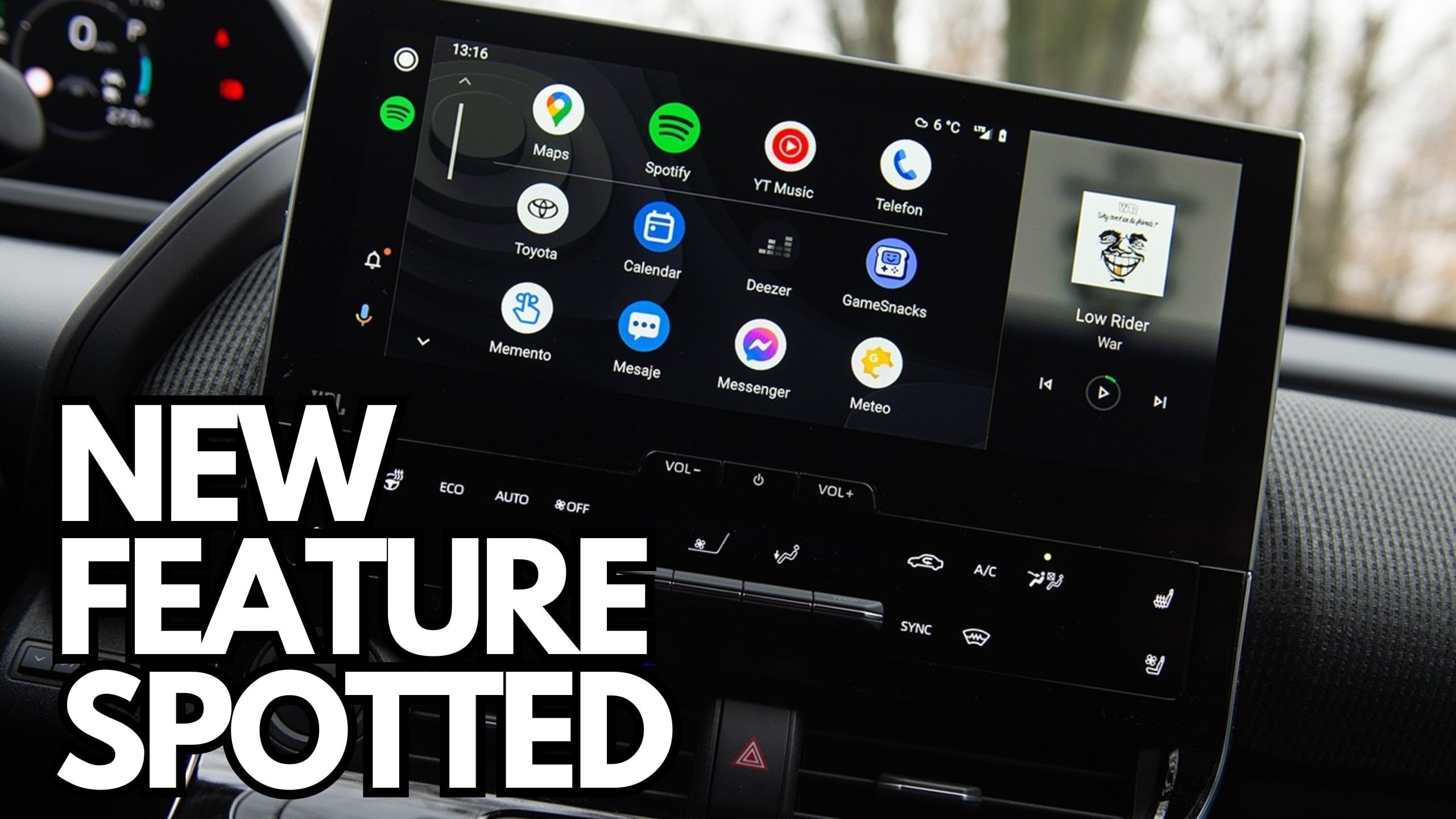Drive Smarter: Android Auto Unleashes Immersive Full-Screen Experience

Google Unleashes Immersive Full-Screen Experience for Android Auto Apps
In an exciting update for automotive tech enthusiasts, Google has introduced a game-changing full-screen mode for Android Auto applications. This innovative feature, now available to beta testers, promises to revolutionize the in-car digital experience by providing a more expansive and seamless interface.
The latest build rolled out to beta users showcases Google's commitment to enhancing user interaction and visual engagement within vehicle infotainment systems. By enabling full-screen functionality, drivers and passengers can now enjoy a more immersive and distraction-free interaction with their favorite apps while on the road.
This development signals Google's ongoing efforts to refine and improve the Android Auto platform, making in-car digital experiences more intuitive, responsive, and visually appealing. Tech-savvy users and automotive enthusiasts can look forward to a more streamlined and comprehensive app interface that maximizes screen real estate.
